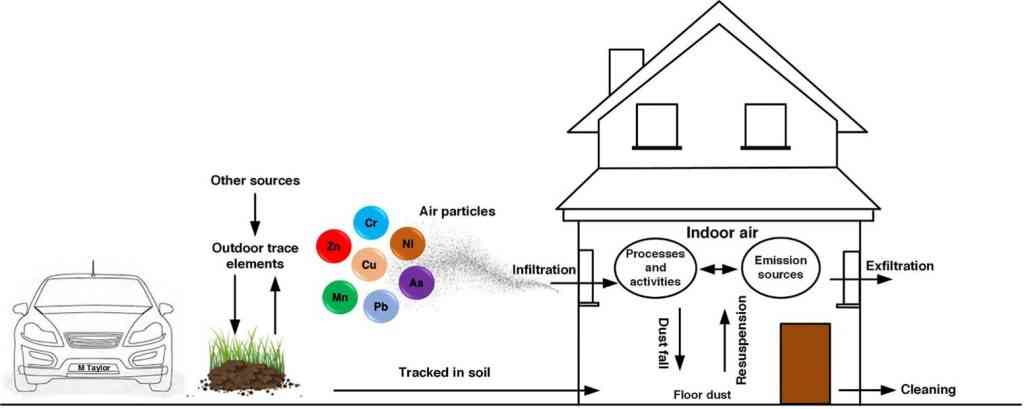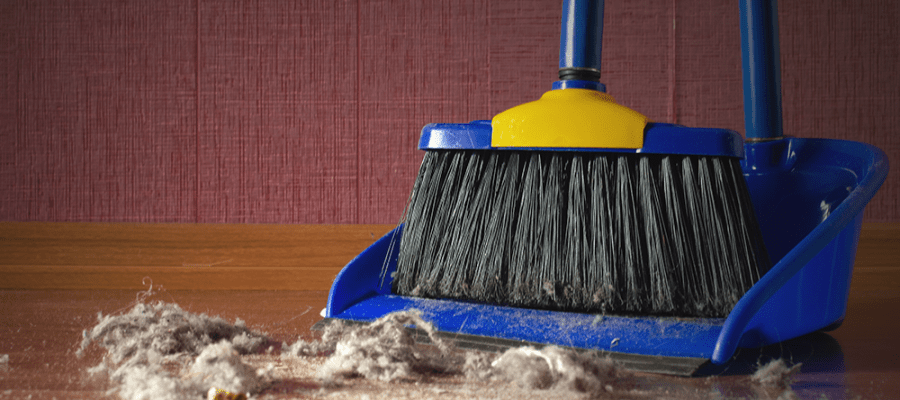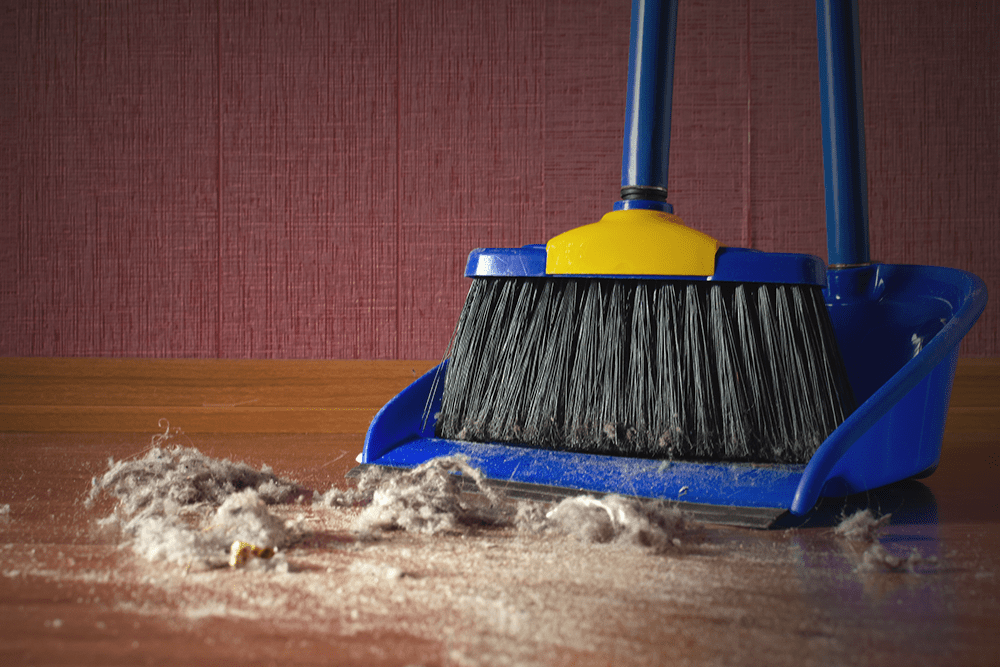MICROBIAL ECOLOGIES IN TYPICAL HOUSEHOLD DUST
Household dust is an intricate mixture of organic and inorganic components such as sloughed-off skin cells, bacteria, fungi, dust mites, soil particles, pollen, etc. to name a few. As a vast majority of our time is spent indoors, especially since the onset of the Covid-19 pandemic where the percent of employed population working from home nearly doubled, it is important more now than ever to develop a thorough understanding of the intrinsic biological, physical, and chemical characteristics of the household dust. Exposure to household dust can be considered as one of the biggest sources/contributors of potentially harmful and hazardous components to human body. Understanding the nature and composition of the household dust can help us resolve most common allergies and associated health impacts. For instance, dust mite allergen which is a major risk factor for asthma and other respiratory disorders, is one of the most found allergens in house dust across US homes (approximately 84% of houses have above detection levels of dust mite allergen). Evaluation of household dust can be a primary indicator of indoor air quality. Recent studies by the US EPA have shown that Americans spent approximately 90 percent of their time indoors on an average places like home, office buildings, cafeteria, gymnasiums, etc. These statistics give us an insight into understanding the level of human exposure to household dust and the various contaminants it contains, the impact of these exposures, and give the required momentum to treat household dust for overall improvement of human health. Figure 1 shows a pictorial representation of the components of household dust.
Microbial ecology of household dust entails understanding the interactions of the different microbes present in household dust with the indoor environment and its occupants primarily humans, pets, and plants. This article provides a brief overview and some facts on microbial ecology of household dust. This article is part of new series by Saniservice on Indoor Air Quality that provides an understanding of the microbes residing in the built environment or anthropogenic environments such as residential houses, public restrooms, public gymnasiums, office buildings, schools, etc., sources of microbes, impact of microbes on human health, and factors contributing to the growth of microbiomes in the built environment. Saniservice are one of the leading providers in excellent and sustainable indoor air quality treatment solutions for both residential and commercial clients.

MICROBIAL COMPONENTS (ECOLOGY) OF HOUSEHOLD DUST
Microbes are present everywhere. As discussed in the article “Introduction to Healthy Indoor Microbes”, there are certain microbes that could be beneficial. However, microbes found in household dust are one of the major reasons for health risks associated with allergies. Primary source of microbes in household dust are outdoor air and contaminants that enters the buildings, occupants of the building including ratio of male-female, dogs vs cats, geographical/climatic conditions of the household, and overall socio-economic lifestyle among diverse groups. Figure 2 shows the primary groups of microbial (biological) components of household dust based on scientific research cited in the references section of this article.
1. Bacteria – commonly found species in household dust across different regions are Acinetobacter, Staphylococcus, Corynebacterium, Sphingomonas, Rubellimicrobium, Staphylococcus, Acinetobacter, and Massalia. The pathogenicity of these species is dependent on several factors such as immunity of the host, age, gender, diet, and overall well-being. Several of the household dust microbes are dominated by both human and non-human bacteria. Additionally, bacterial species also vary geospatially due to existing climatic or environmental conditions. For instance, species such as Paracoccus, Blastococcus, Deinococcus and Pseudomonas are prevalent in samples from the Greek region, and Nocardiodes, Spirosoma, Streptococcus, Corynebacterium, and Hymenobacter in the UK.

2. Fungi – primary fungal species such as Cladosporium Herbarum, the fungal group Penicillium/Aspergillus/Paecilomyces variotii, and total fungal DNA are prevalent in household dust from varied sources such as floor dust, settled dust, mattress dust, and vacuum cleaner dust bag dust. Significant differences are observed in household dust in rural vs. urban areas.
The characteristics and components of indoor household dust are much complex. They comprise of not just microbial but chemical contaminants as well. There is a need for thorough research and deeper understanding of all the different components – biological and chemical and their potential impacts on human health. Microbial interaction with the human body occurs simultaneously with exposure to allergens, pollutants, and chemicals. Additionally, the impact of all these agents can vary depending on the nature of the population such as age, gender, diet, and existing health conditions.
REFERENCES
- Barberán, A., Dunn, R. R., Reich, B. J., Pacifici, K., Laber, E. B., Menninger, H. L., … & Fierer, N. (2015). The ecology of microscopic life in household dust. Proceedings of the Royal Society B: Biological Sciences, 282(1814), 20151139.
- Gutarowska, B., Szulc, J., Nowak, A., Otlewska, A., Okrasa, M., Jachowicz, A., & Majchrzycka, K. (2018). Dust at various workplaces—Microbiological and toxicological threats. International journal of environmental research and public health, 15(5), 877.
- Kumar, P., Kausar, M., Singh, A. B., & Singh, R. (2021). Biological contaminants in the indoor air environment and their impacts on human health. Air Quality, Atmosphere & Health, 14(11), 1723-1736.
- Arbes Jr, S. J., Cohn, R. D., Yin, M., Muilenberg, M. L., Burge, H. A., Friedman, W., & Zeldin, D. C. (2003). House dust mite allergen in US beds: results from the First National Survey of Lead and Allergens in Housing. Journal of Allergy and Clinical Immunology, 111(2), 408-414.
- Rintala, H., Pitkäranta, M., & Täubel, M. (2012). Microbial communities associated with house dust. In Advances in applied microbiology (Vol. 78, pp. 75-120). Academic Press.
Abhiram Satyadev



